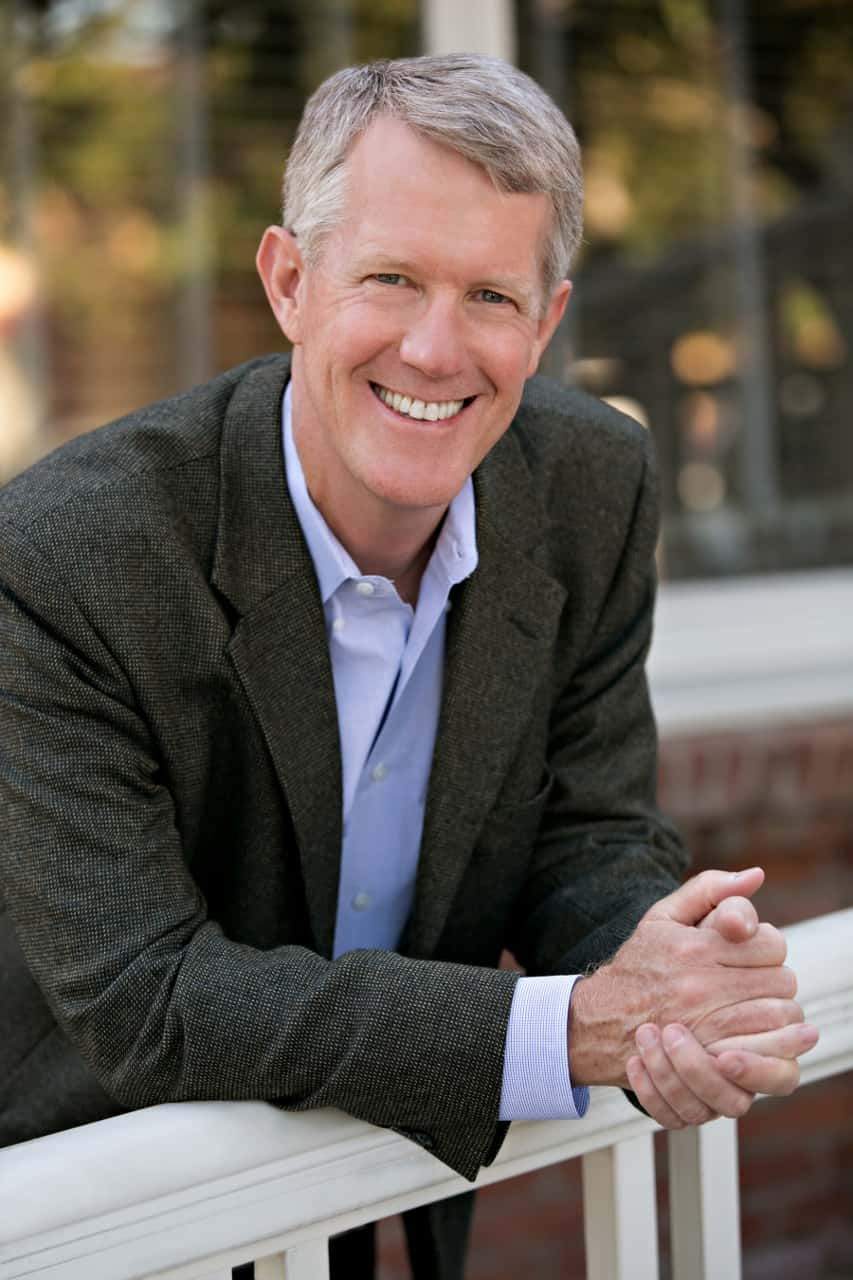 JDH Wealth Management is now in its 18th year of business. When I look back over those years, I’m amazed at where we started and where we are today. I also think back to the many changes to our world during this time.
JDH Wealth Management is now in its 18th year of business. When I look back over those years, I’m amazed at where we started and where we are today. I also think back to the many changes to our world during this time.
The first one is the introduction of the iPhone about 10 years ago. Until then, no one, except Steve Jobs, could have envisioned how one device would so change our world. Besides being a phone, it also became our clock, flashlight, camera, timer, compass, music player, video player, texting device and more. Before this invention, who would have guessed land-lines would be a thing of the past?
The other big change was the method of investing. Before the development of mutual funds, the only way to invest in a company was to buy its stock. Growing up in the ’60s, my dad read The Wall Street Journal, looking at pages and pages of individual stock prices. Then in the ’70s and ’80s, mutual funds captured the investing public’s attention. However, the philosophy for investing, whether stocks or mutual funds, was to buy large U.S. companies, hoping to hit some home runs with the individual stocks or the mutual fund manager would outperform others and beat an appropriate benchmark.
The investment industry has changed over the last few decades. Academic research regarding stocks and investment management has spurred on these changes. One of the implications from extensive research is that professional money managers cannot consistently outguess and beat the stock market. This is supported by years of industry performance data.
Fortunately, I was exposed to this academically based, passive approach to investing in the late 1990s. Prior to that, I was like most other investors, always believing that hope springs eternal. When I started JDH in 2000, I had changed my investment philosophy to align with this passive investment approach. So much so, it became one of our core investment principles.
The research continues to prove this was the correct move back then, and still to this day. As this academically-based research evolved, another core investment principle was developed, which was small companies have higher expected returns than large companies and value companies have higher expected returns than growth companies.
Eugene Fama was one of the pioneers of this research for which he was awarded the Nobel Prize in Economics in 2013. He’s also a member of the Dimensional Fund Advisors (DFA) Board of Directors. DFA is the primary mutual fund company we use to implement our investment philosophy.
If you own mostly large US “blue-chip” stocks, which I consider to be from some of the larger U.S. companies of the past 10 to 40 years or so, this research and our real-world interactions over the past 20 years shows that you’re missing out on significant long-term growth opportunities in your portfolio. You would be missing higher expected returns by not having allocations to small, value and international asset classes.
 These concepts of diversification and exposure to small, value and international stocks were all new to me more than 20 years ago. I adopted them when most people didn’t. They have changed my life and the lives of our clients. When we first began working with DFA in 2000, they were maybe the 40th largest mutual fund company in the world. Today, DFA manages $460 billion and is the sixth largest mutual fund company in the world.
These concepts of diversification and exposure to small, value and international stocks were all new to me more than 20 years ago. I adopted them when most people didn’t. They have changed my life and the lives of our clients. When we first began working with DFA in 2000, they were maybe the 40th largest mutual fund company in the world. Today, DFA manages $460 billion and is the sixth largest mutual fund company in the world.
Just as technology and the world changes, the financial world is continuously changing. We keep learning, researching and monitoring, all with the goal of providing you and your family with a better investment experience.
Have you and your investments evolved and changed for the better over time? Are you using the optimal method? Are your friends and family?
Timothy J. Delaney, CPA/PFS, is a founding member of JDH Wealth Management, LLC. He has more than 30 years of experience in the accounting and financial service industries, advising high net worth individuals, businesses and retirement plans. He earned his BS and MBA from Northern Arizona University. Tim is married to his high school sweetheart, Leigh Anne, and they have three children and five grandchildren. He enjoys flying, bicycling and spending time with his family.




